২১ অগ্রহায়ণ ১৪৩২
Air Pollution Reduces Average Life Expectancy of Bangladeshis by 5.5 Years
29 August 2025 18:08 PM
NEWS DESK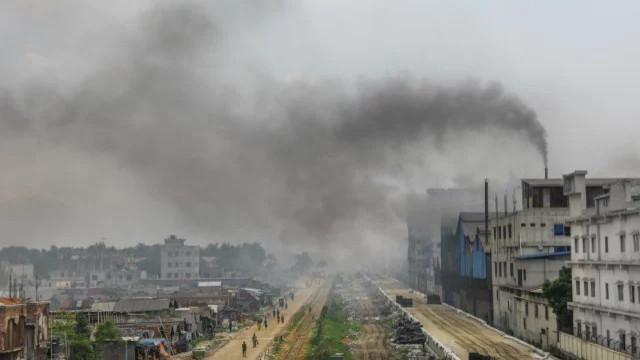
Air pollution has emerged as the single greatest external threat to life expectancy in Bangladesh, cutting the lives of citizens by an average of 5.5 years, according to the Air Quality Life Index (AQLI) 2025 Annual Update, published by the University of Chicago's Energy Policy Institute.
The findings underscore that Bangladesh is now the most polluted country in the world, with particulate matter (PM2.5) levels far exceeding both national and international safety thresholds.
Every single one of Bangladesh's 166.8 million people lives in areas exceeding both WHO and national air quality standards. Even Lalmonirhat, the country's least polluted district, records pollution levels seven times higher than WHO guidelines.
Between 1998 and 2023, PM2.5 concentrations rose by 66.2%, slashing life expectancy by an additional 2.4 years.
"Air pollution is stealing years from every Bangladeshi life. Its impact is greater than tobacco, malnutrition or unsafe water combined," the report states.
The most severe toll falls on Dhaka and Chattogram, home to nearly half of the country's population. If these cities met WHO guidelines, residents could live 6.2 years longer on average.
South Asia continues to be the most polluted region in the world, but Bangladesh now stands out as the worst-affected nation. The AQLI highlights that particulate pollution's impact on life expectancy in South Asia is nearly twice that of childhood and maternal malnutrition and more than five times that of unsafe water and sanitation.
Despite the overwhelming evidence that toxic air is robbing millions of Bangladeshis of years of life, the country's policy response remains dangerously inadequate.
Brick kilns, long identified as the single largest source of particulate matter in and around Dhaka, continue to operate with minimal oversight, belching out thick plumes of smoke that blanket nearby communities. Efforts to modernise the sector or shift to cleaner technologies have faltered amid weak enforcement and entrenched business interests.
At the same time, emissions from the rapidly expanding fleet of vehicles in Dhaka and other cities are climbing unchecked. Old, poorly maintained buses and trucks ply the streets, spewing black exhaust into already suffocated air.
Industrial discharge adds another invisible but deadly layer to the crisis. Factories across the country, many operating without effective pollution controls, continue to release pollutants that escape monitoring and penalties.
The problem is not limited to domestic sources. Transboundary pollution, particularly the seasonal smog that drifts in during the dry months, compounds the burden, yet regional cooperation on clean air has made little headway.
Experts note that Bangladesh's environmental institutions often lack both the resources and the political authority to confront powerful industrial lobbies. Air quality standards exist on paper, but in practice, enforcement is sporadic and compliance remains the exception rather than the rule.
The report makes clear that this governance gap is not just a regulatory failure; it is a public health catastrophe in slow motion. Without urgent reforms, Bangladesh will remain trapped in a vicious cycle where economic growth is pursued at the expense of human lives, even as global examples from China to the United States demonstrate that robust policies and strong enforcement can clean the air and extend life expectancy.
The AQLI underscores that air pollution is not an unavoidable cost of development but the result of policy choices. If Bangladesh were to meet WHO standards, its population would collectively gain nearly one billion additional life years.
"Few other interventions, whether in healthcare, infrastructure or education, could deliver such immediate and profound benefits," the report says







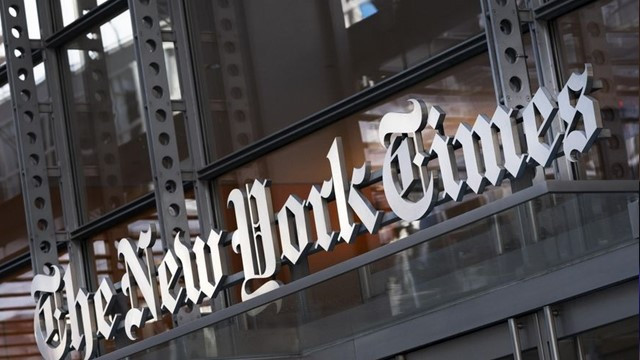
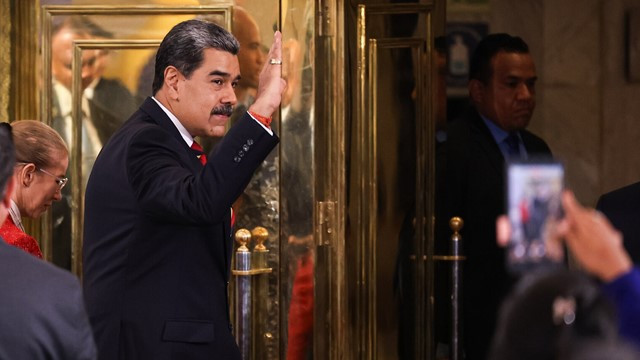

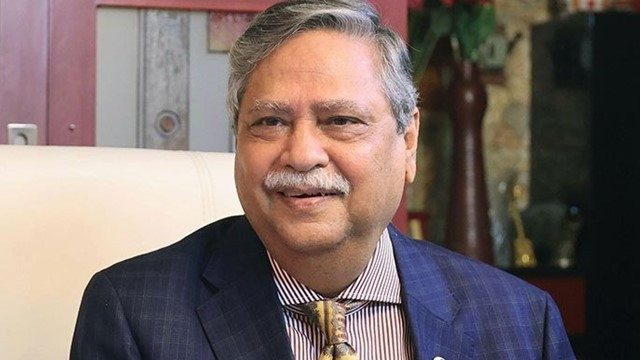

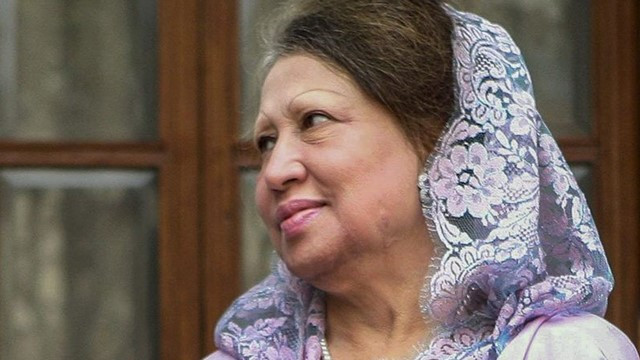


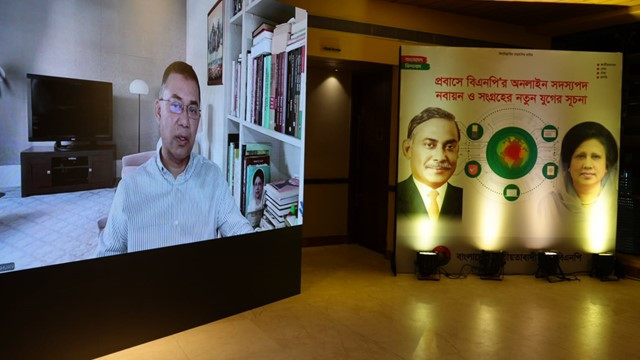

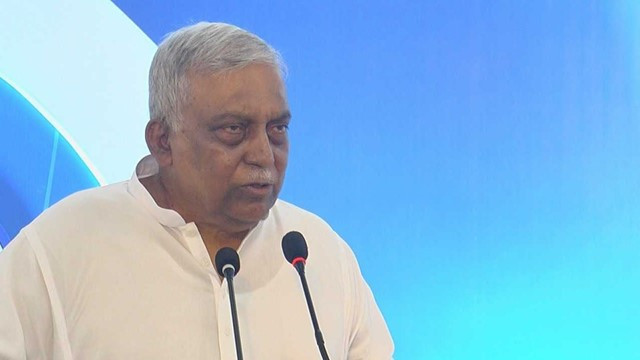

Comments Here: